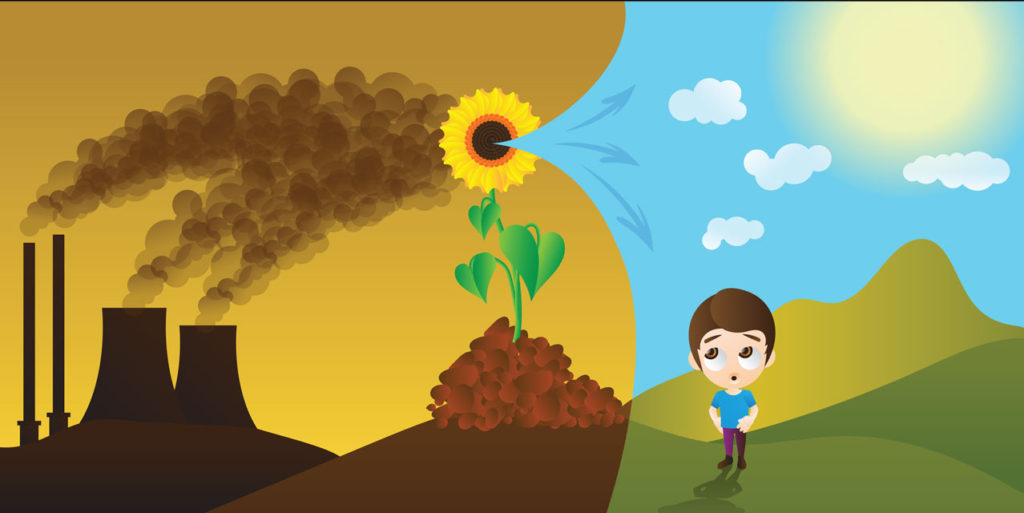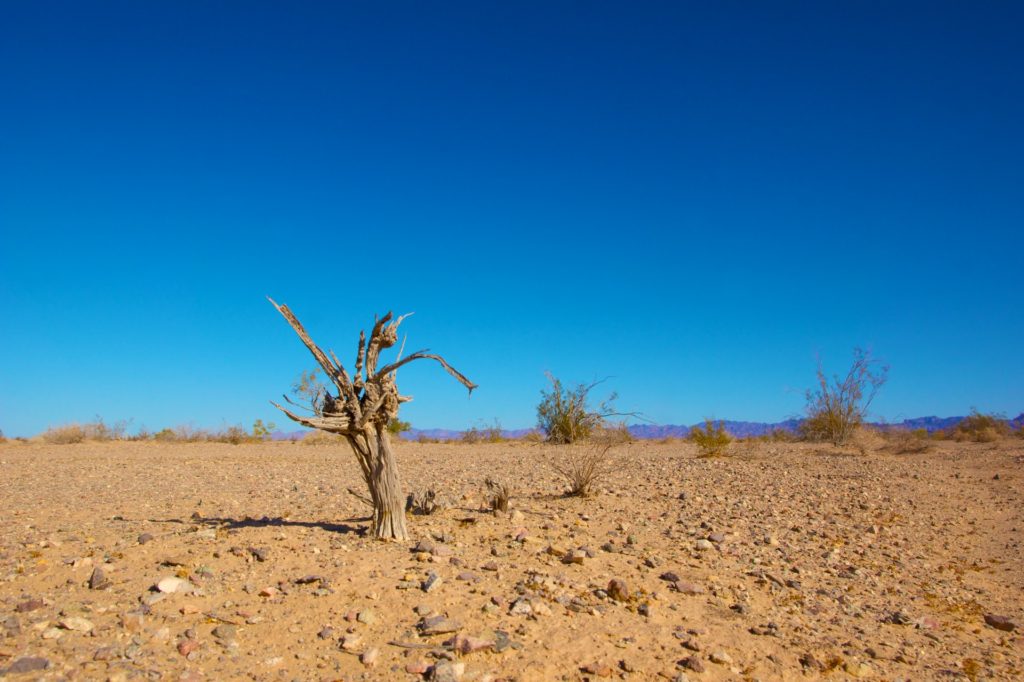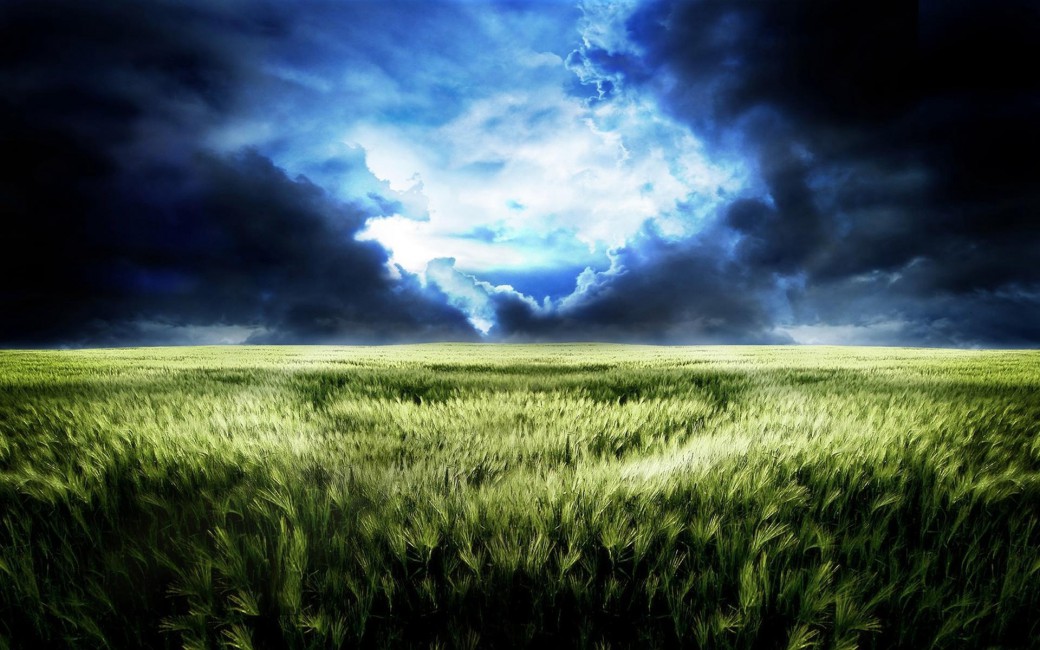All over the world seasons are changing. Here in Ghana, the harmattan or dry season does not arrive or stay as long as we usually expect, the rainy season has shifted slightly and farmers in some parts of the country are complaining – things are definitely changing. Our global climate is not what it was. This is as a result of climate change, and it is a very real thing. It is important that we grasp how urgent this issue is for the future of the world and life as we know it.
What is climate change?
Climate change is the verifiable change in weather patterns in a region lasting over an extended period of time. It encompasses not only rising average temperatures – which is the more popular concept known as global warming – but also extreme weather events like heat waves, hurricanes and wildfires, shifting wildlife populations and habitats, rising seas,and a host of other impacts.There have been observable changes in weather throughout basically all the regions of the world for decades now. Climate change is not a hoax.
Throughout history the Earth’s climate has seen many alterations. There have been at least seven cycles of glacial (ice) advance and retreat in the last 650,000 years, scientists estimate. The last ice age ended about 7,000 years ago marking the beginning of the modern climate era — and of modern human civilization. Most of these climate changes can be said to be as a result of very small variations in Earth’s orbit that change the amount of solar energy our planet receives.
Climate change today though, is different. The Earth is getting warmer, and not just warmer, it’s getting warmer FAST. There is a greater than 95 percent certainty that this accelerated rate of global warming is directly caused by humans. Human activity since the mid-20th century (the Industrial Revolution) has accelerated this change by increasing levels of greenhouse gases into the atmosphere, causing the Earth to warm up.

What are greenhouse gases?
First, we need to understand a concept called the greenhouse effect, which refers to the trapping of heat under the atmosphere. Imagine a car with all the windows rolled up, parked outside on a sunny day. After a while the interior of the car will get really warm, because of the sun’s rays going through the windows, and the heat generated inside being trapped by the very same windows when it is attempted to be radiated out. The effect here is called the greenhouse effect, the same sort of situation that happens with an actual greenhouse.
In this analogy the earth is the car and the windows are the greenhouse gases. The greenhouse gases allow enough of the sun’s rays to permeate the earth’s atmosphere and do all the good it has to do, while at the same time trapping enough of the heat generated by the sun to keep the earth warm enough for habitation, with the rest of the heat being let out into space. Examples of greenhouse gases include carbon dioxide, water vapour, methane and nitrous oxide.
If greenhouse gases are good, what is the problem?
The problem only arises when the gases are not in the right quantity in the atmosphere. Too little and the earth is freezing because not enough heat can be trapped for our optimum survival; too much and the earth warms up because too much heat is being trapped and threatening our survival. This is the point we are at now. We are producing a ton of greenhouse gases and releasing them into the atmosphere at alarming rates, making our ‘car windows’ thicker, leaving little cracks in the windows, and not allowing enough of the radiated heat to pass out of our atmosphere into space.
The major reason for this is our use of fossil fuels as our major energy source. The fossil fuels we use are petroleum/crude oil, coal and gas mainly, and a major by-product of these is carbon dioxide, a greenhouse gas.

Evidence of climate change
There is evidence to show that current global warming is occurring roughly ten times faster than the average rate of that of the ice-age-recovery. Skeptics of climate change (cue Donald Trump) often question what the evidence of it is. Here are some:
- Global rise in temperature: The planet’s average surface temperature has risen about 0.9 degrees Celsius since the late 19th century, with most of the warming having occurred in the past 35 years. The five warmest years on record have taken place since 2010, with 2016 the warmest ever.
- Shrinking ice sheet and glacial retreat: The Greenland and Antarctic ice sheets have decreased in mass, with the former having lost 286 billion tons of ice per year between 1993 and 2016, and the latter, about 127 billion tons of ice per year during the same time period. The rate of Antarctica ice mass loss has tripled in the last decade.Glaciers are also retreating almost everywhere around the world, including in the Alps, Himalayas, Andes, Rockies, Alaska and here in Africa, with our highest mountain, Kilimanjaro.
- Rise in sea level: Global sea level rose about 8 inches in the 20th century. The rate since the dawn of the 21st century, however, is nearly double that of the previous century and is accelerating slightly every year. We’ve not even done a quarter of this century yet and it’s already double the entirety of the last one. The warmer the earth, the more the earth’s ice melts, finds its way to our seas, increases sea levels, and we begin to see the erosion of habitable land.
Adding these to the already visible fluctuations in weather and severity in conditions, more hurricanes and wildfires around the world, and the evidence is right there before our very eyes.
How do we slow down climate change?
There needs to be serious improvements in our global energy efficiency and vehicle fuel economy. Here are some ways we can stop or slow down climate change:
- Focusing on renewable energy sources: We can do this by doing away with the fossil fuels (petroleum, coal, gas, orimulsion) that power our factories and cars etc and rather focus on wind, solar power and biofuels from organic waste.
- Setting a tax on carbon: This will disincentivize large corporations from continuing to use fuels that harm the atmosphere.
- Protecting and re-growing our forests: Humans breathe out carbon dioxide which plants need for photosynthesis, and so the greener our planet, the less carbon dioxide is allowed to go into the atmosphere because our trees will make use of it. Also if we are able to restore some of our forest cover, a lot of carbon dioxide can be drawn from the atmosphere as well.

